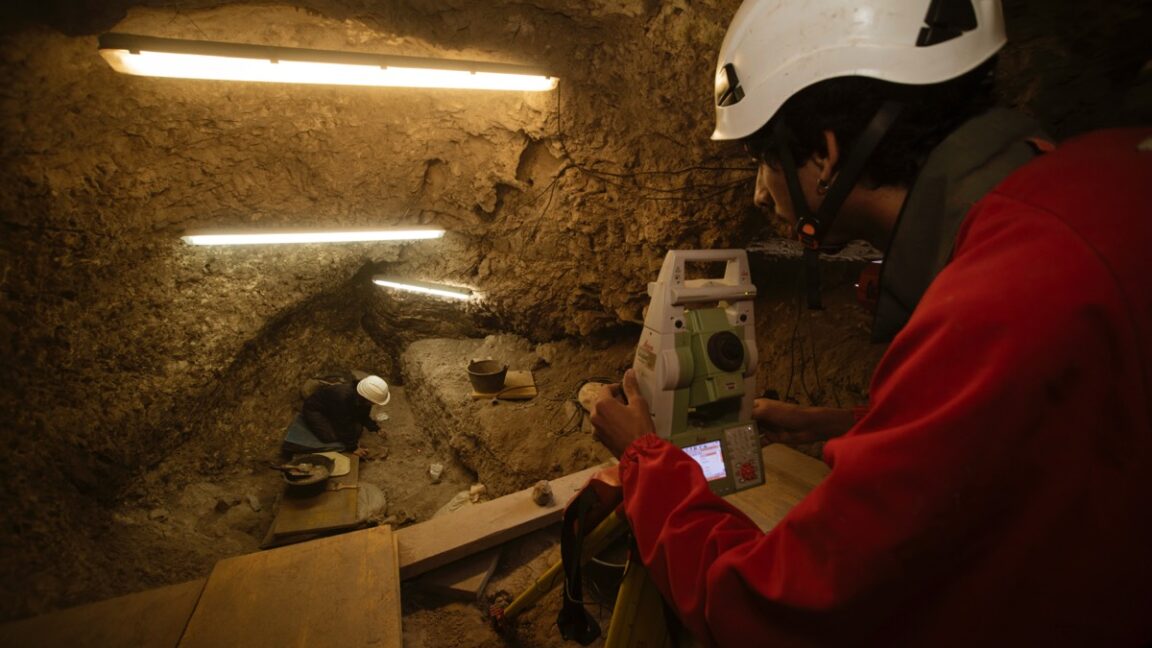
"Cannibalism was likely the result of a violent episode between competing Late Neolithic herding communities about 5,700 years ago."
"The El Mirador Cave site has prior evidence of cannibalism, including remains of six Early Bronze Age humans with skull caps possibly used for ceremonial purposes."
"Microscopy analysis of human remains revealed slice marks, scrape marks, chop marks, and evidence of cremation, indicating the victims were skinned and cooked."
"Cannibalism is complex to interpret due to societal biases and the lack of evidence to associate it with specific behavioral contexts."
Human remains of 11 individuals from El Mirador Cave in Spain exhibited signs of cannibalism, linked to violent conflicts among Late Neolithic herding communities around 5,700 years ago. Microscopy analysis revealed cut marks and signs of cremation, indicating that the victims were skinned, disarticulated, cooked, and consumed. Previous evidence of cannibalism exists at the Atapuerca site, showing similar patterns of butchering. Over 160 bone fragments from another area in the site also exhibited signs of consumption. The complexity of interpreting cannibalism is heightened by societal perceptions and the lack of comprehensive evidence regarding its contexts.
Read at Ars Technica
Unable to calculate read time
Collection
[
|
...
]